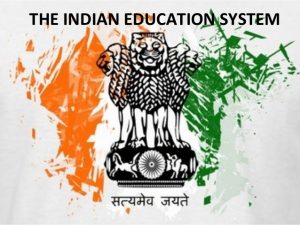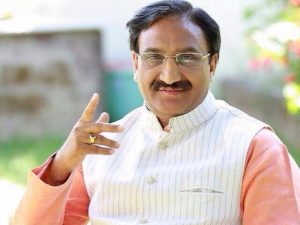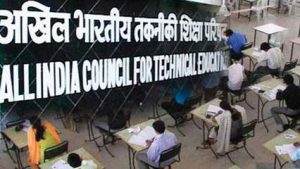NEP aims to enhance gross enrolment ratio

INN/Chennai, @infodeaofficial
New Education Policy of India has received a formal go ahead from the union government on 29 July. Forming the new education policy was an exercise taken up by the present government during its previous tenure. NEP 2020 managed to witness completion during the second tenure of central government under the leadership of Narendra Modi.

The first point is that it paves way for restructuring the school learning from its present 10+2 model to 5+3+3+4 model that covers ages of 3 to 18. It also paves way to rename the well-known Ministry of Human Resource Development into Ministry of Education. It is also mentioned the new policy that a central regulatory board for all school boards will be established. This will be named National Assessment Centre to ensure uniform education levels across the country. Government also planned to introduce vocational training for school children for students from classes 6, this will include internships and also reducing the textbooks. There is something for higher education also in the NEP.

NEP 2020 for higher learning says that it will allow multiple entry and exit options in undergraduate programmes, multi-disciplinary courses. This will also have option of 3 or 4 years for UG programmes and discontinuation of M.Phil programme. Union Minister for HRD Ramesh Pokhriyal Nishank said the changes that are being brought in the field of education through NEP 2020 will be incremental and also transformational.

School children will be getting more fexibility and choice of subjects to study, particularly in secondary school-including subjects in physical education, arts and crafts and vocational skills. That is not all, there will be no hard seperation between curricular, extra curricular and co-curricular activities in arts, science and humanities streams. There will be no hard seperation between vocational or academic streams in the NEP. The medium of instruction wherever possible until Grade 5 or till Grade 8, will be mother tongue or local language. NEP 2020 has replaced the earlier policy which was adopted in 1986. There are many highlights in NEP 2020, one of them is that higher education regulatory bodies namely University Grants Commission (UGC) and All India Council for Technical Education (AICTE) and National Council for Teacher’s Education (NCTE) will be merged into a single higher education commission.

Board exams for grades 10 and 12 will be made easier under the NEP 2020, board exams for grades 10 and 12 will focus on testing primarily core capacities or competencies rather than months of coaching and memorization. NEP 2020 which was approved by union goverment was made based on the versions prepared by two committees, one under the leadership of T.S.R. Subramanian and the other under the aegis of K. Kasturirangan. As far higher education is concerned, the NEP 2020 aspires to increase gross enrolment ratio in colleges to 50 percent 2035. NEP 2020 also aspires to add more seats in the higher education sector. Sources point that 3.5 crore seats would be added in higher learning arena in this country. As per NEP 2020, higher education institutions except that of legal and medical are to be governed by a single regulator. The system of 5+3+3+4 means, the first five years will be the foundation time which includes three years of pre-primary school and classes 1 and 2. The next three years is preparatory stage which includes classes 3 to 5. The other three years is middle phase from classes 6 to 8 and other four years is the secondary stage which comprises classes 9 to 12. Reply Forward

